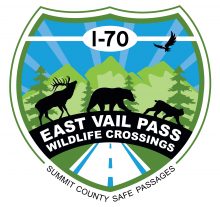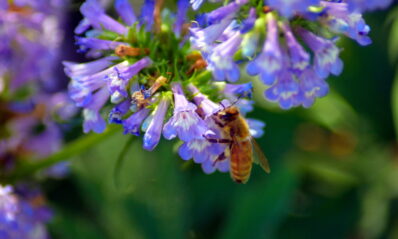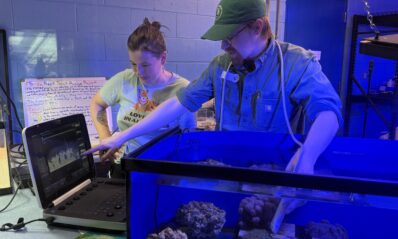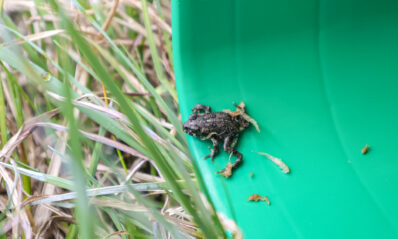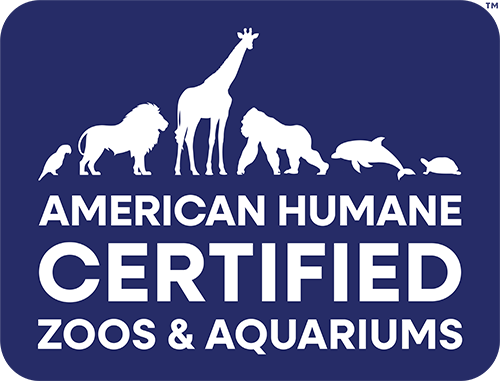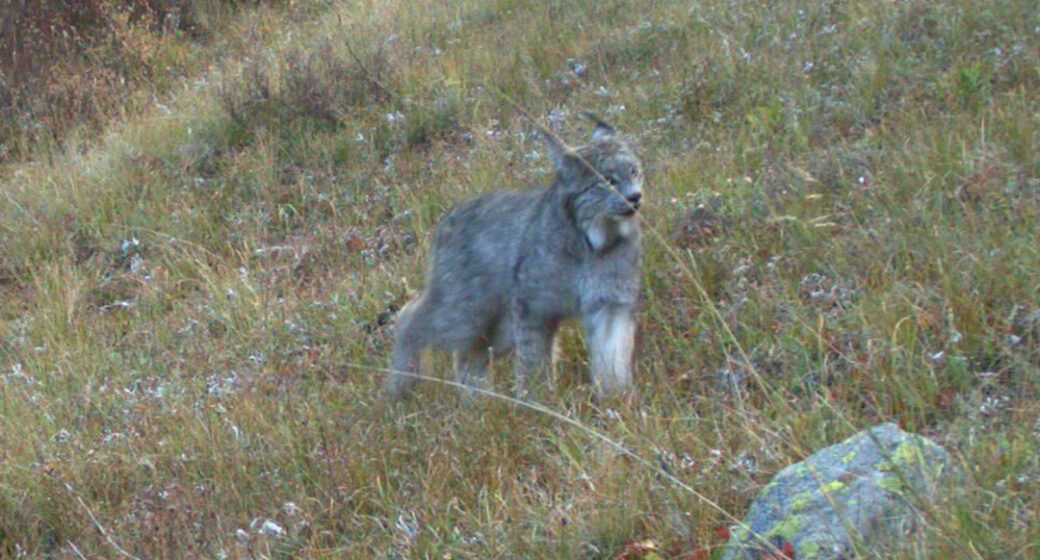
Every year, 4,000 wildlife-vehicle collisions occur in Colorado-with tragic consequences for both people and animals, not to mention upwards of $80 million in property damage. In 2018, Denver Zoo helped to found Summit County Safe Passages: a working partnership between state and federal agencies, non-profit organizations, the outdoor industry and mountain communities to help mitigate this critical issue with innovative wildlife crossing structures. Extensive surveying, including years of observing wildlife with camera traps, identified the busy stretch of I-70 at East Vail Pass as a prime location for the project. One of Summit County Safe Passages’ primary focuses is this high-conflict area, which averages more than 22,000 vehicles per day and is important habitat for numerous species, including the threatened Canada lynx. Lynx can move over 2,000 miles annually through boreal forest in search of food, shelter, and mates-so intact landscapes are critical to this elusive cat’s survival.
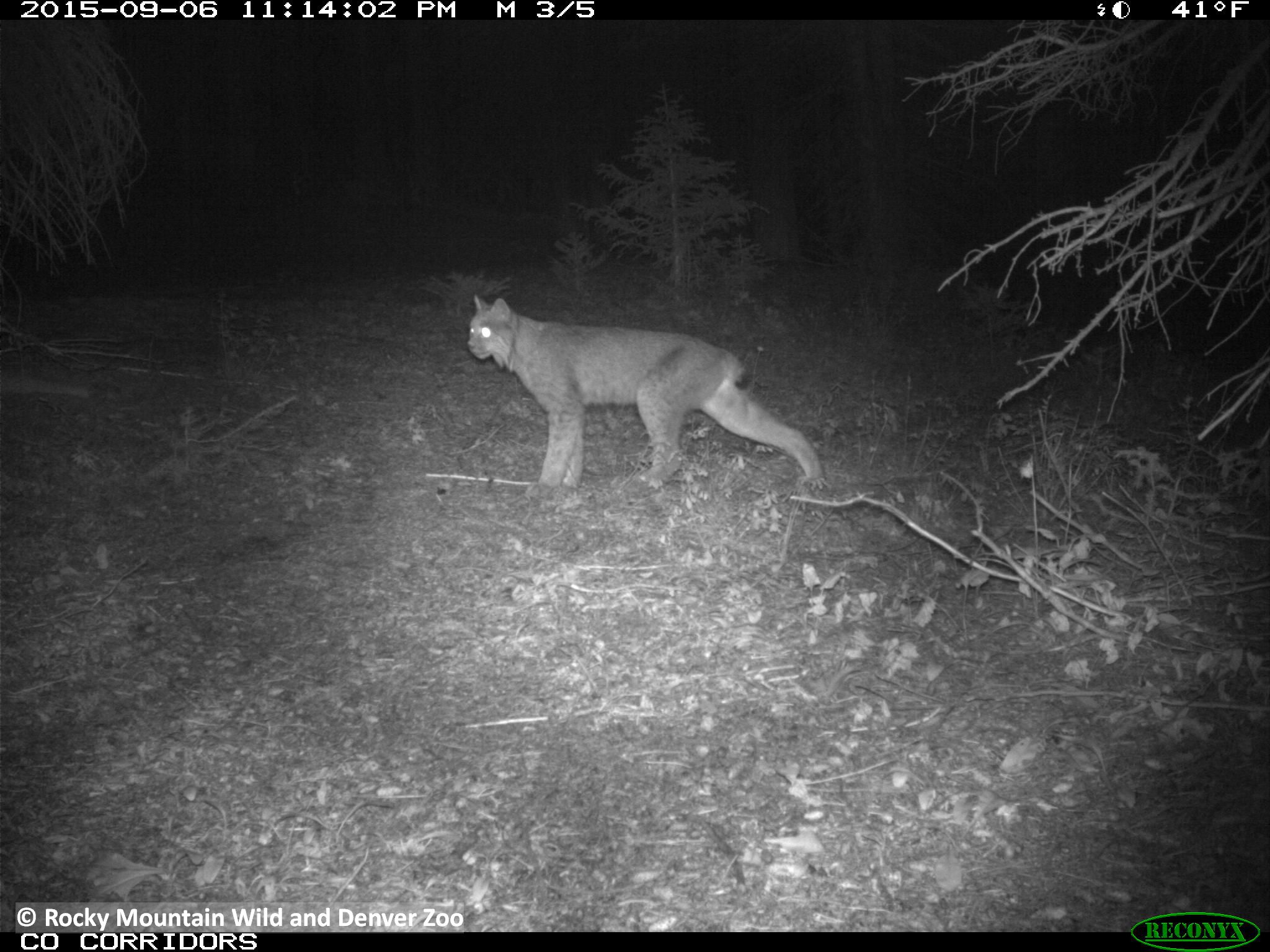
Canada lynx at East Vail PassOne Step Closer to Bridging the Gap Last month, we were thrilled to mark a major milestone in bringing these solutions to fruition: initial designs for the crossing structures. Funded by Vail Resorts, Arapahoe Basin Ski Area and the Center for Large Landscapes, the innovative design calls for three structures along a 1.5-mile stretch of westbound I-70. These structures will be placed across from large-span bridges along eastbound I-70 that local wildlife have already been using as unofficial underpasses; this yields significant cost savings, as the structures need to span only the two westbound lanes of traffic.
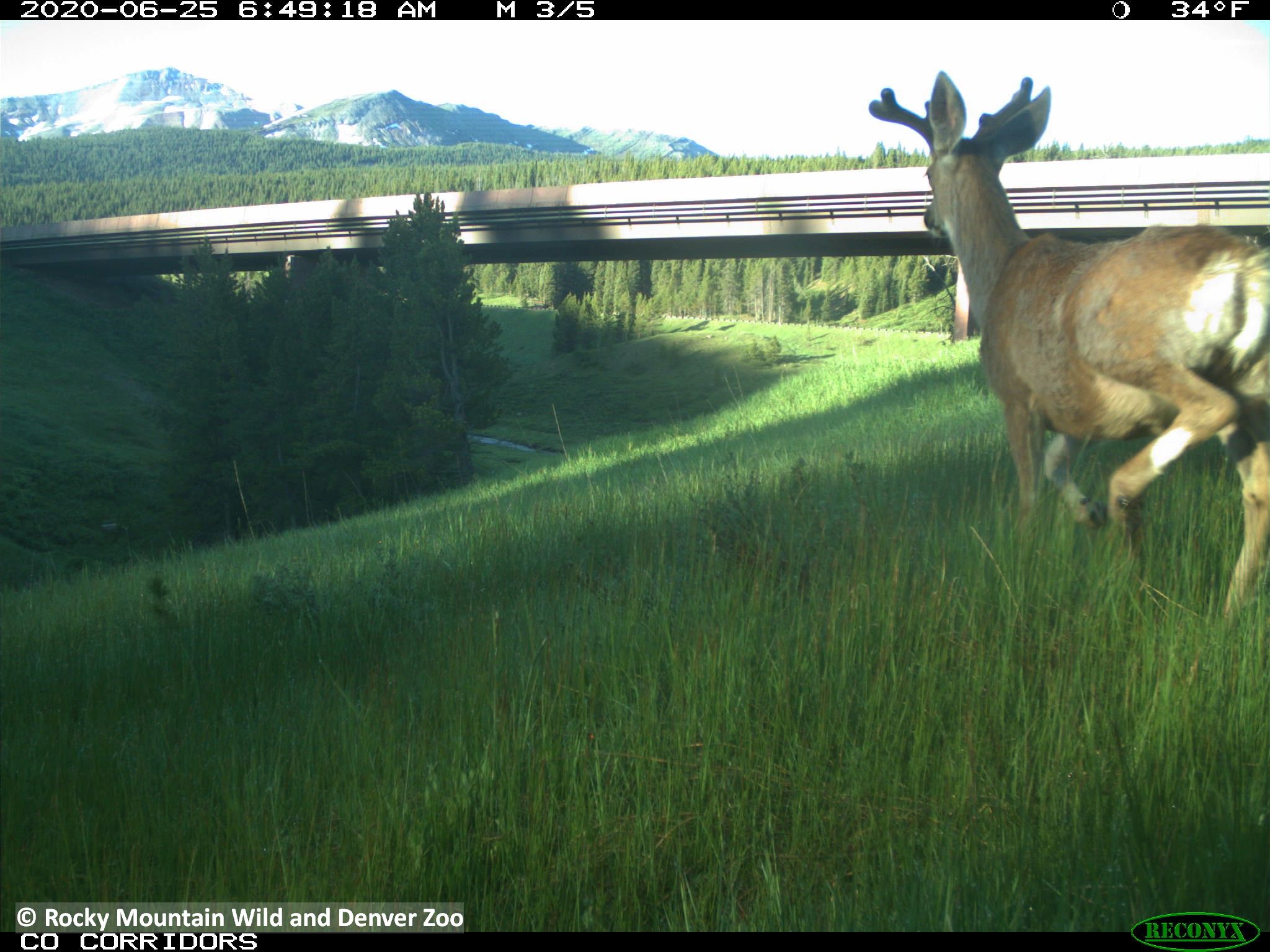
Large-span bridges along eastbound I-70 at East Vail Pass function as underpasses for wildlife. However, wildlife are unable to cross the two westbound I-70 traffic lanes, severing Eagle’s Nest Wilderness on the north side of the highway from White River National Forest on the south side Providing a mosaic of both under- and over-passes is important to allow different species to cross. Some species, such as elk, vastly prefer over-passes and are reluctant to enter all but the largest under-passes; other species, such as bears, prefer under-passes. Incorporating a variety of options (including different designs for the two under-passes) maximizes the utility of these structures for wildlife. Equally important is the educational component of including an over-pass, since motorists do not see under-passes. The new over-passes will allow us to reach eight million drivers per year with our message of collaborative cohabitation. Invested in the Safety of Iconic Species The Summit County Safe Passages Project is win-win solution for both wildlife and people, and will ultimately be an investment that pays for itself. But, as with all multi-entity collaborations such as this one, funding is phased-and largely philanthropic.If you’d like to support the next phase of this important project, which focuses on identifying wildlife use pre-construction and engaging key community and government stakeholders in supporting these wildlife crossings, please contact Stefan Ekernas, Rocky Mountain/Great Plains Program Director, Field Conservation Program, or consider making a donation by visiting: https://denverzoo.org/support/donate/. As always, Denver Zoo’s incredible member and donor community is an essential part of this collaboration. With your help, we can help secure safe passage for some of the Rocky Mountains’ most iconic species-and continue Inspiring Communities to Save Wildlife for Future Generations.

Over-pass wildlife crossing structure proposed for milepost 192.3 westbound I-70

Under-pass wildlife crossing structure proposed for milepost 193.0 westbound I-70

Under-pass wildlife crossing structure proposed for milepost 193.5 westbound I-70
